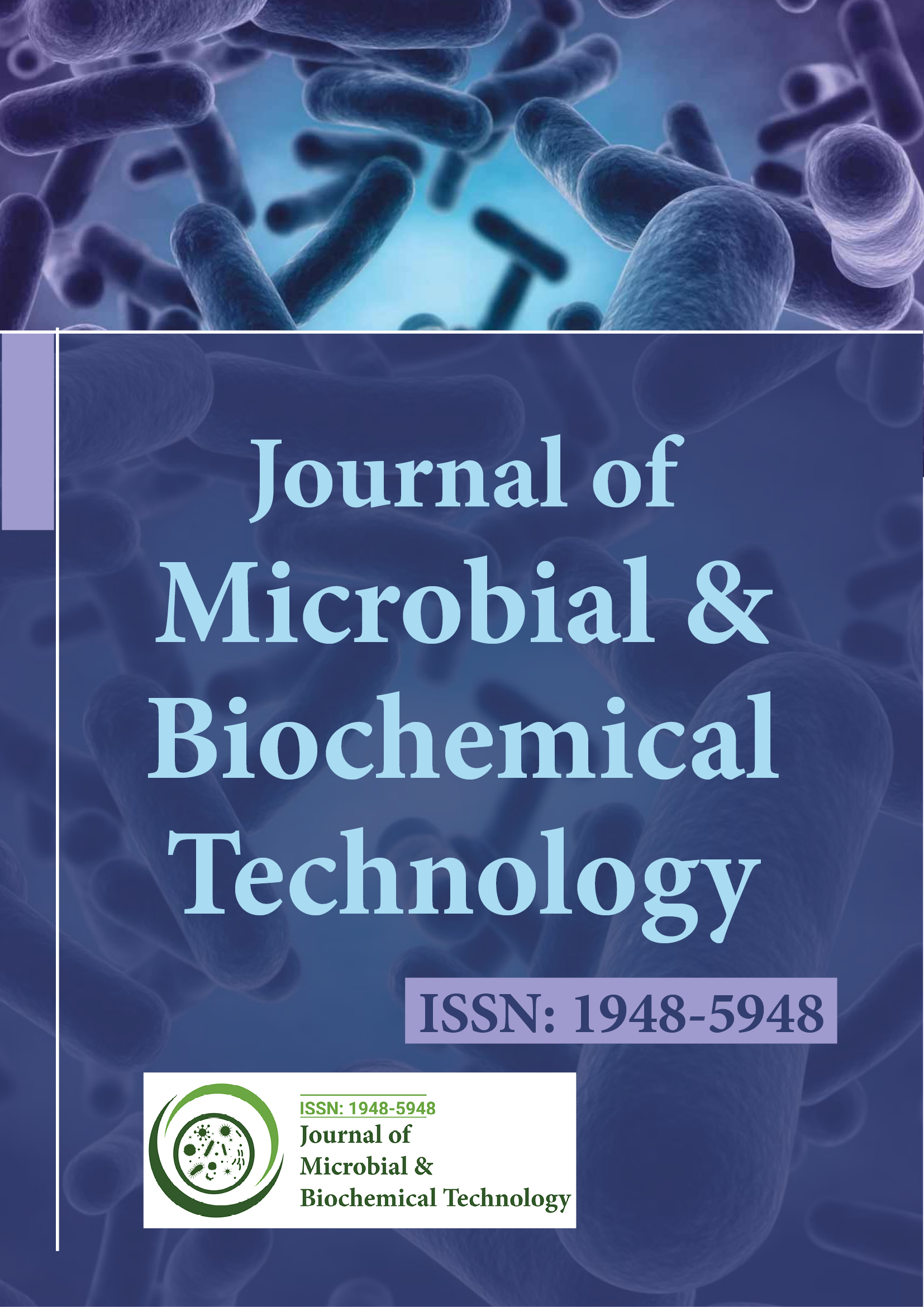Индексировано в
- База данных академических журналов
- Журнал GenamicsSeek
- Академические ключи
- ЖурналTOCs
- Китайская национальная инфраструктура знаний (CNKI)
- Шимаго
- Доступ к глобальным онлайн-исследованиям в области сельского хозяйства (AGORA)
- Библиотека электронных журналов
- RefSeek
- Справочник индексации исследовательских журналов (DRJI)
- Университет Хамдарда
- ЭБСКО АЗ
- OCLC- WorldCat
- Интернет-каталог SWB
- Виртуальная биологическая библиотека (вифабио)
- Паблоны
- МИАР
- Комиссия по университетским грантам
- Женевский фонд медицинского образования и исследований
- Евро Паб
- Google Scholar
Полезные ссылки
Поделиться этой страницей
Флаер журнала

Журналы открытого доступа
- Биоинформатика и системная биология
- Биохимия
- Ветеринарные науки
- Генетика и молекулярная биология
- Еда и питание
- Иммунология и микробиология
- Инжиниринг
- Клинические науки
- Материаловедение
- медицинские науки
- Науки об окружающей среде
- Неврология и психология
- Общая наука
- Сельское хозяйство и аквакультура
- Сестринское дело и здравоохранение
- Управление бизнесом
- Фармацевтические науки
- Химия
Абстрактный
Статистическое улучшение деградации цианида с использованием микробного консорциума
Вирендер Кумар, Виджай Кумар и Тек Чанд Бхалла
Очистка водоемов, загрязненных цианидом, с использованием микроорганизмов является популярной альтернативой химическим и физическим методам детоксикации цианида. Целью настоящего исследования является разработка микробного консорциума с использованием трех бактерий, а именно Enterobacter sp. RL2a, Serratia marcescencs RL2b и Achromobacter sp. RL2c, для эффективной деградации имитированных цианидных сточных вод. Деградация цианида in vitro была оптимальной при 2% объеме инокулята клеток; pH 6,0, температуре 30°C при концентрации субстрата 20 мМ, что приводит к полному удалению цианида за 36 ч. Методология поверхности отклика (RSM) использовалась для оптимизации условий реакции деградации цианида с использованием 5 мг мл-1 покоящихся клеток микробного консорциума. Дизайн Плакетта-Бермана показал, что три переменные, а именно время, покоящиеся клетки штамма RL2b и pH, оказывают положительное влияние на деградацию цианида. Анализ модели квадратичной регрессии показал, что модель была очень значимой, поскольку коэффициент корреляции (0,847) ближе к 1 означает лучшую корреляцию между наблюдаемыми и прогнозируемыми ответами. Модель была подтверждена путем проведения эксперимента в оптимальных условиях, что привело к 63%-ной деградации цианида за 1 ч реакции и полной деградации 20 мМ цианида за 6 ч. При выполнении факторного дизайна наблюдалось 1,3-кратное (33%) увеличение деградации цианида.